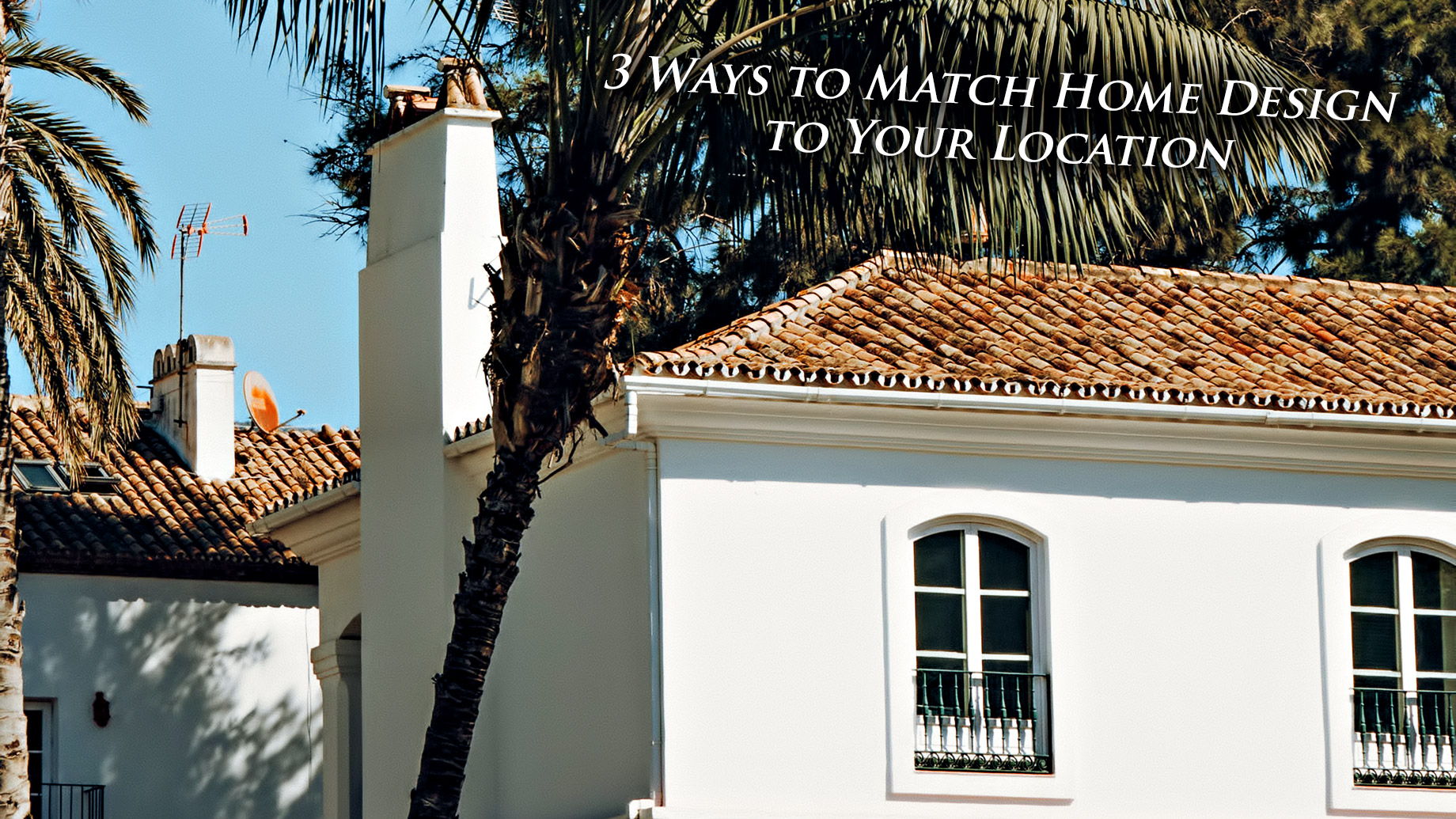
While a little visual incongruity can be fun, it creates dissonance that may be disturbing, particularly when the location is known for its beauty and individual character. The concept of maintaining a “Sense of Place” in designs not a new one. Apart from resulting in exteriors and interiors that complement the location, they also generate goodwill within communities that are proud of their local landscapes.
Harmonizing with the local landscape also attracts sales. For example, if you’re looking to develop villas in Marbella, your buyers will be looking for designs that reflect and enhance the overall Marbella experience. We look at some of the ways in which architecture, landscape design and interior decor design can be used to achieve these goals.
1. Choose the Right Materials
Choosing the right materials can allow you to use unusual designs while still creating a sense of place. For example, in an area known for its mellow brick buildings, using concrete and glass would be incongruous, but there’s nothing to stop one from using the local brick to create a structure that is, nevertheless, unusual and interesting.
The choice of materials, including plant material ,for outdoor designs is also an important one. If palm trees stand proud along the coastline you’re developing, they’re a natural choice for the landscape design, but if they don’t occur or are seldom used, they’ll stand out like a sore thumb rather than an attractive focal point.
Moving indoors, materials also matter. You wouldn’t want to furnish a beautiful country-style home with plastic odds and ends, or a modern building with heavy, period antiques, for example.
2. Consider the Visual Footprint of Exteriors
A strong visual footprint is the likeliest to attract criticism, especially in areas where the beauty of the surroundings is valued. Although some people may enjoy your creativity, most are likely to brand a building with strong visual impact as an “eyesore.”
In less attractive surroundings, a striking building can more easily be appreciated as an improvement, after all, there’s nothing better to look at, and locals may even experience a sense of pride that their area is home to a magnificent modern building.
That’s not to say that striking modernity can’t work in beautiful surroundings, even in areas known for their old-style architecture, but getting your design to match visual expectations may be a little harder to achieve. Wth creativity and a little sensitivity, however, it’s not impossible.
3. Continue the Theme Indoors
Whatever the place and the design of the building you have chosen, interiors are almost as important as exteriors in helping you to celebrate the location. That’s why blues and whites are so popular among those decorating beach houses, for example.
There are two ways to approach location in interior decor – contrast and matching. The latter is easier to do, while the former takes a bit of guts to carry off. While cozy interiors with lots of emphasis on warm colours can work well when you’re escaping a cold climate indoors, going all-out tropical-style might be pushing your luck. There’s a fine line between contrast and incongruity.
Generally speaking, it’s a lot safer to match the indoors with the outdoor environment – especially if it’s not the kind of environment you actually want to escape from.
Knowing You’ve Arrived
When you’re designing a home in a special location, celebrating your surroundings by styling your home to emphasize a sense of place is an excellent strategy. After all, you chose this area because you love it. So, harmonizing interiors and exteriors with local aesthetics will help you and your guests experience the locality as they arrive at your home, and after entering it. Enjoy being where you are. Celebrate location through design.